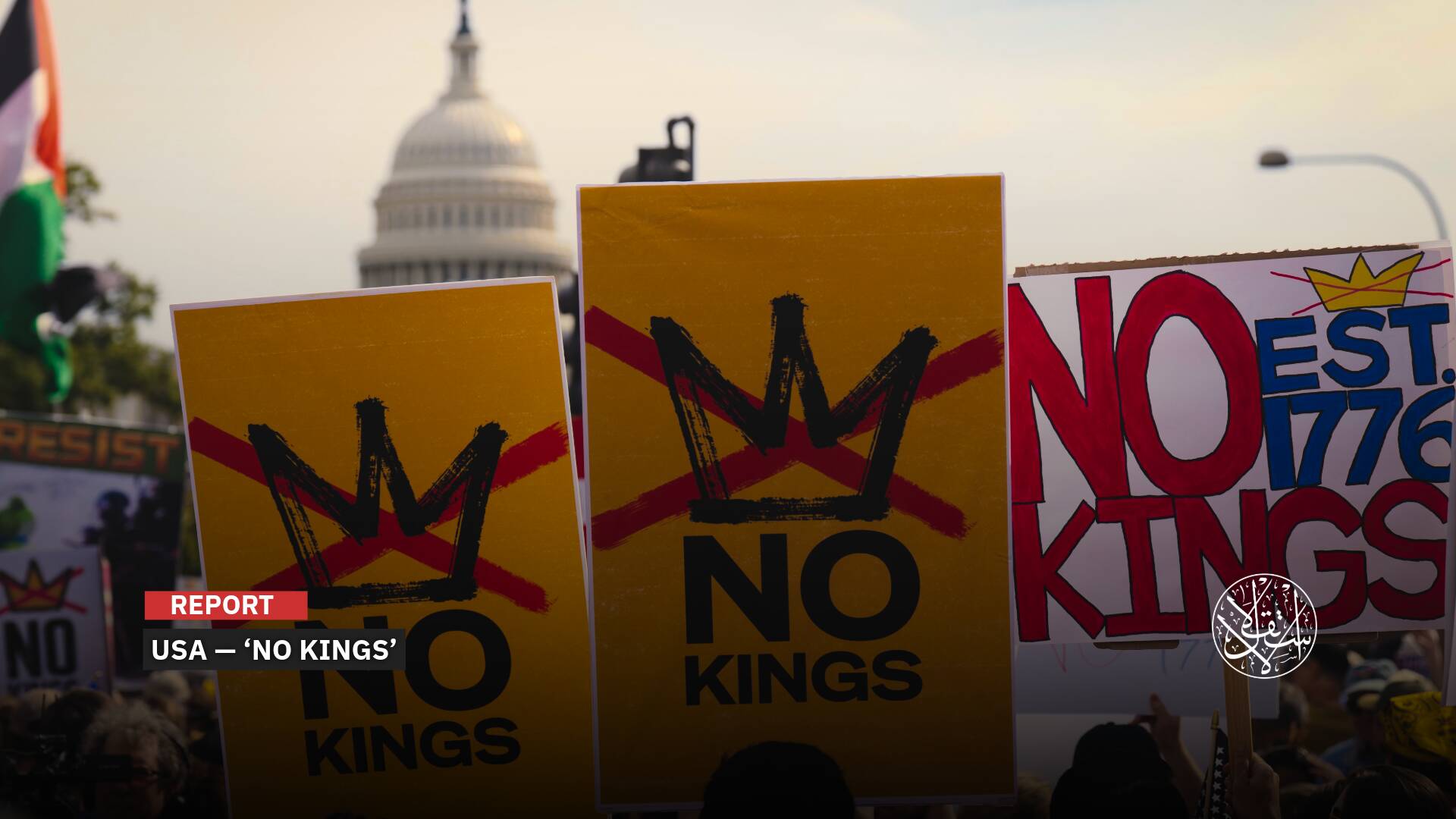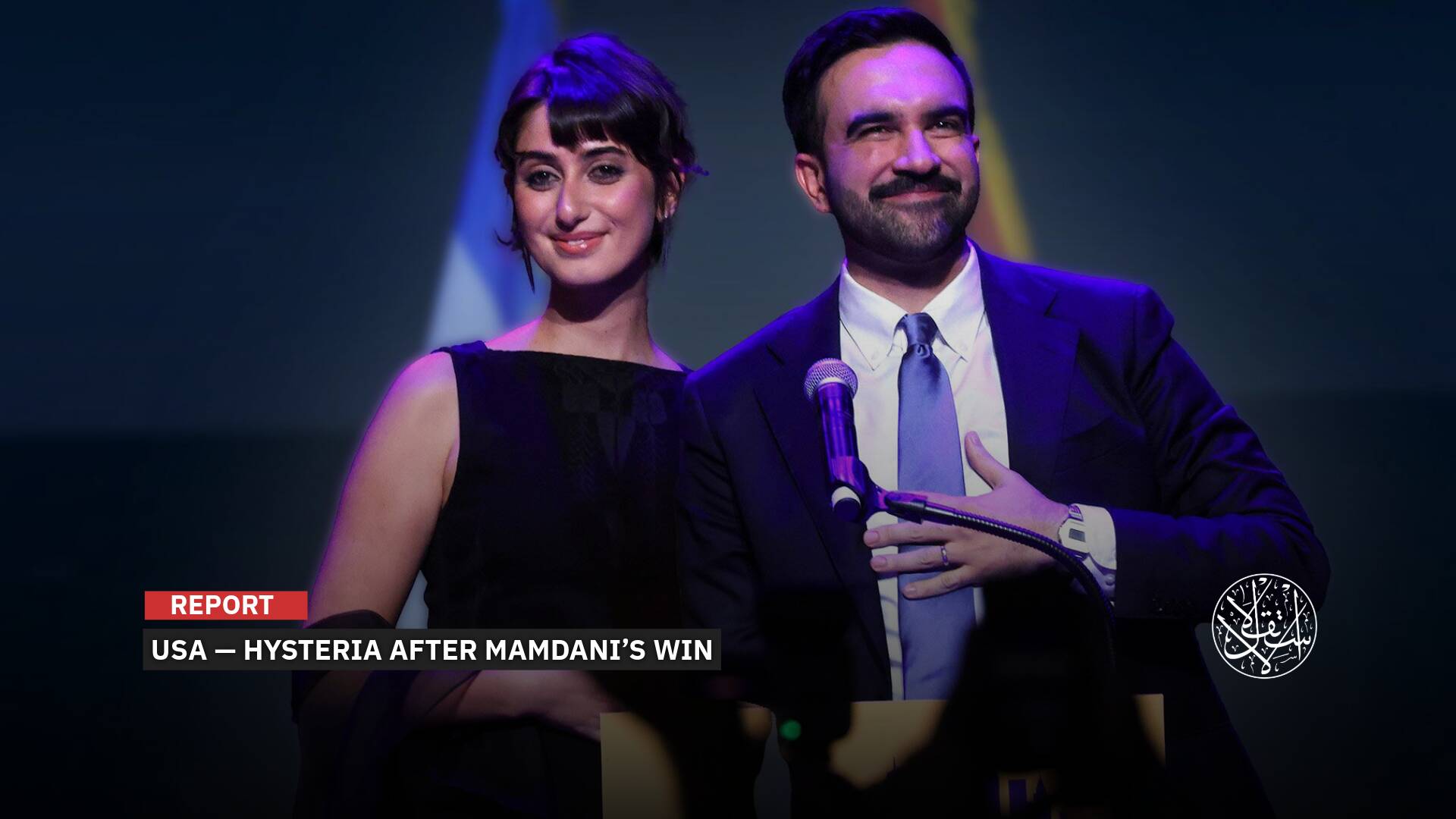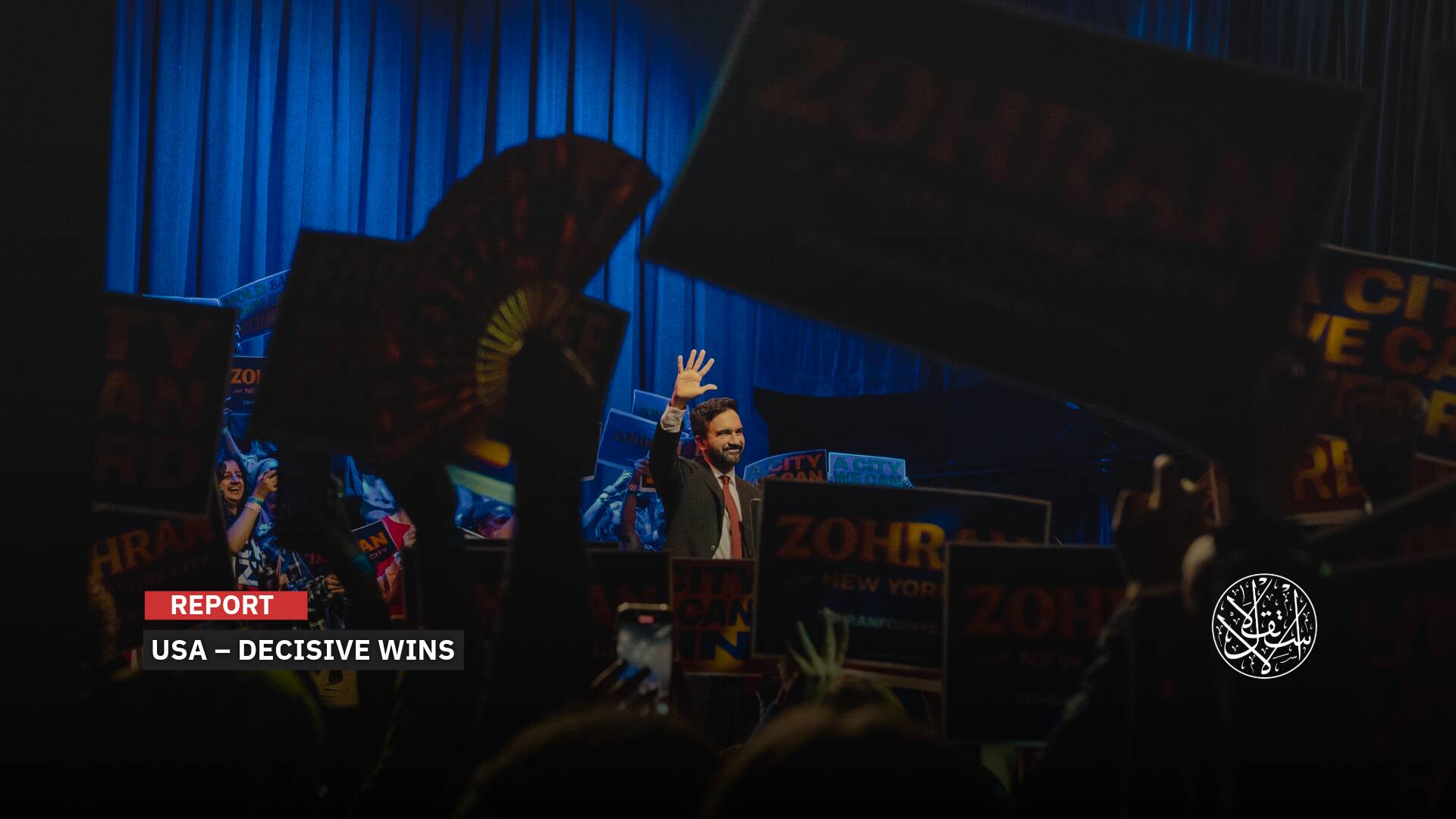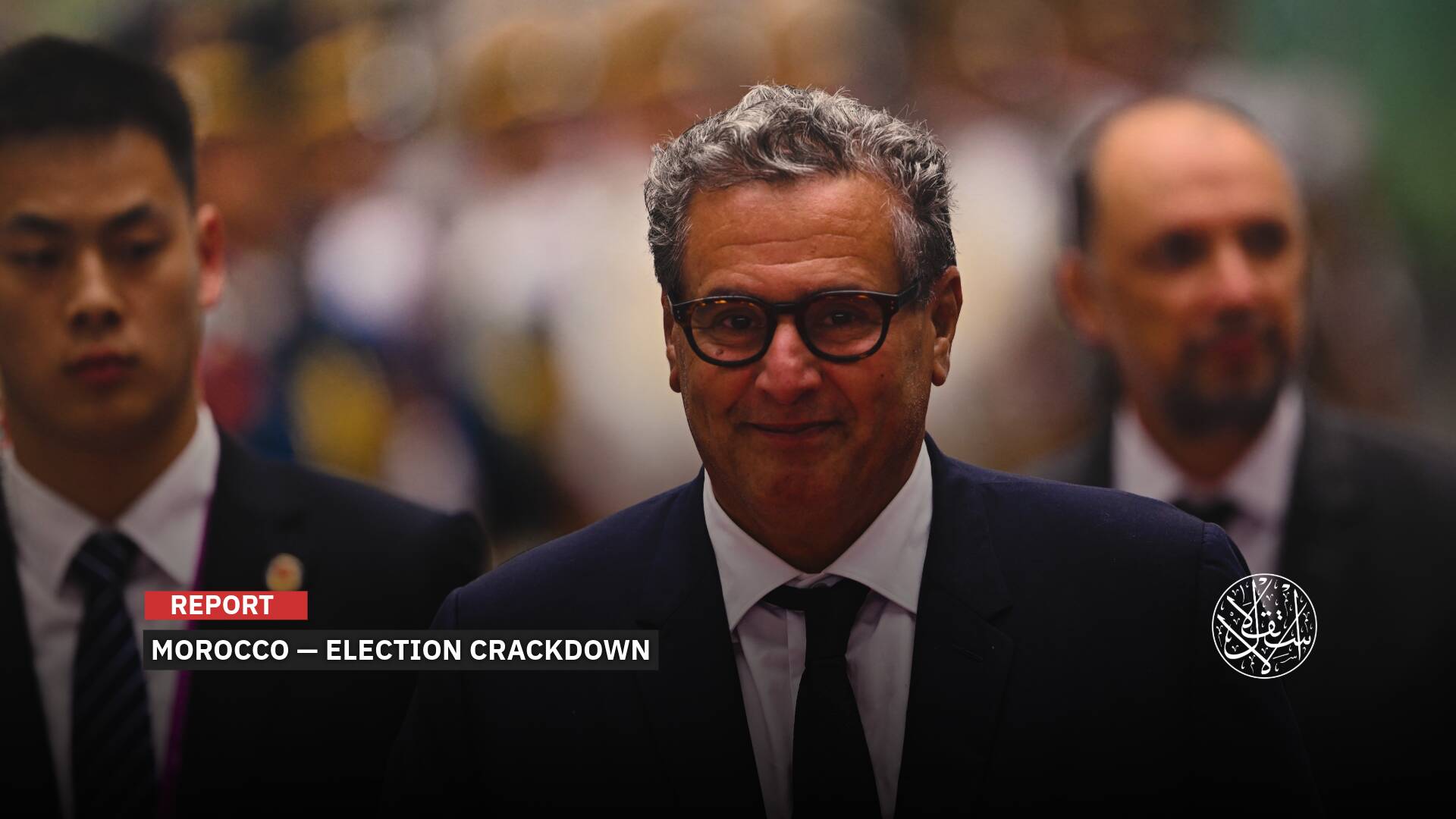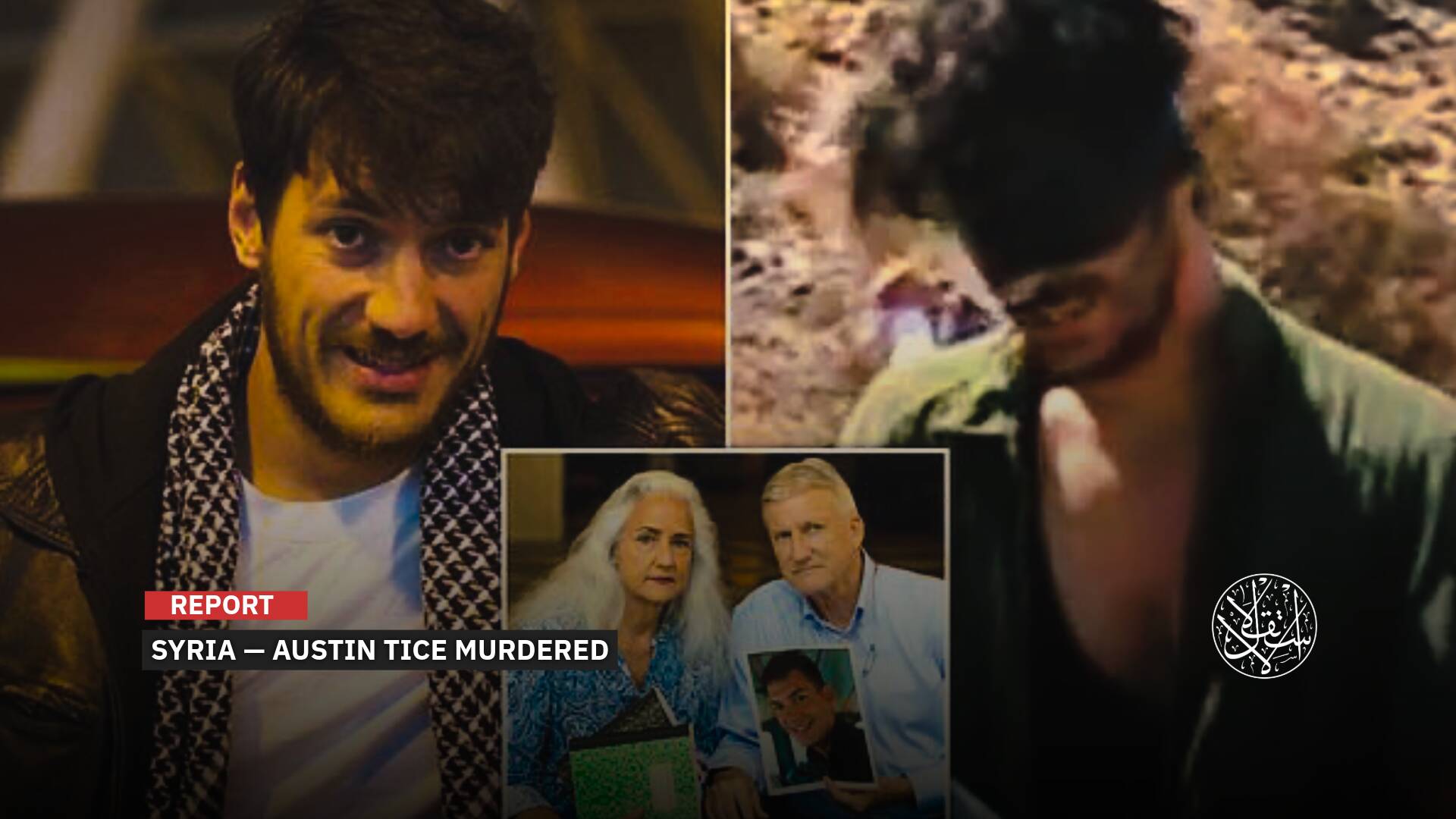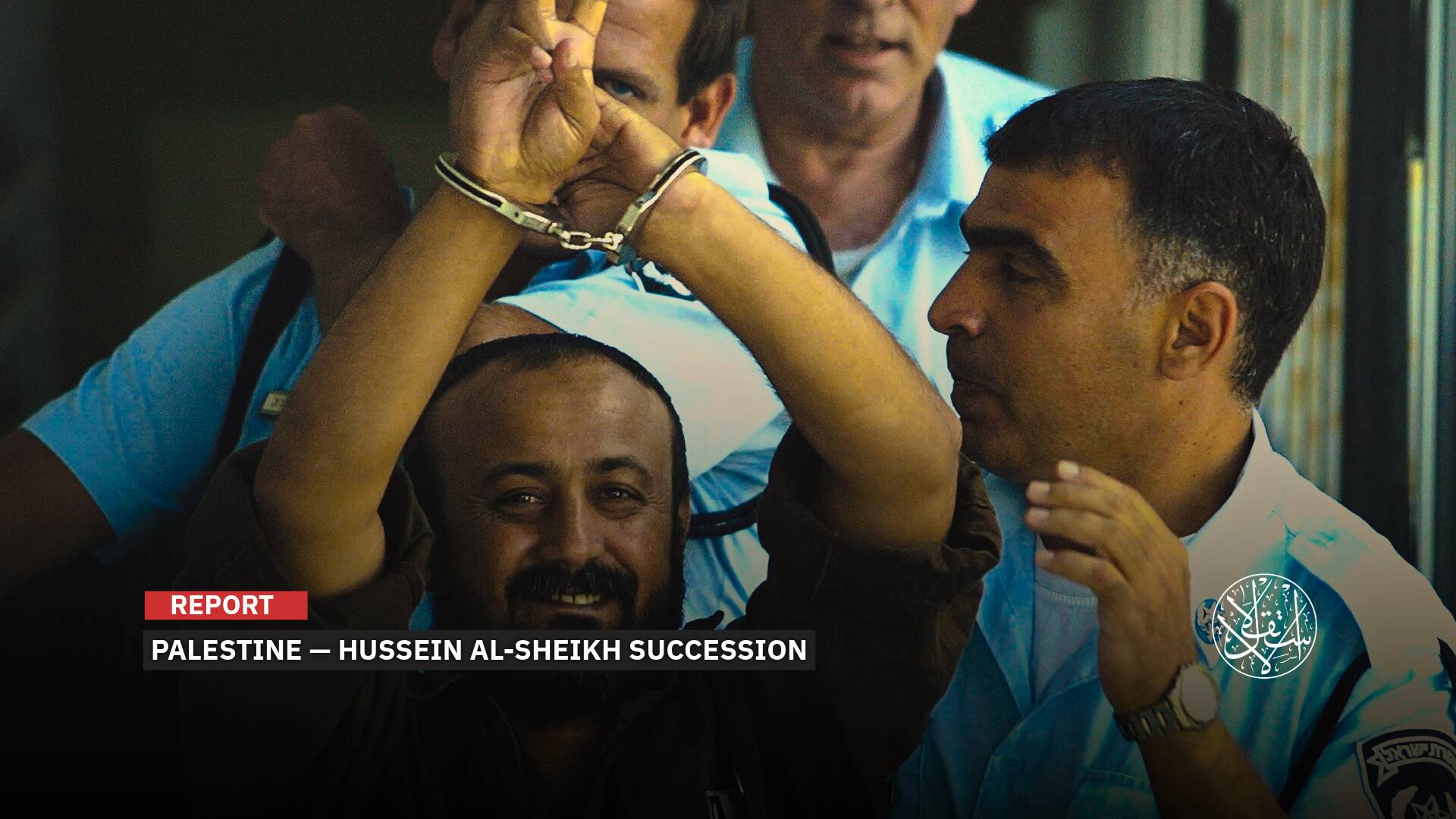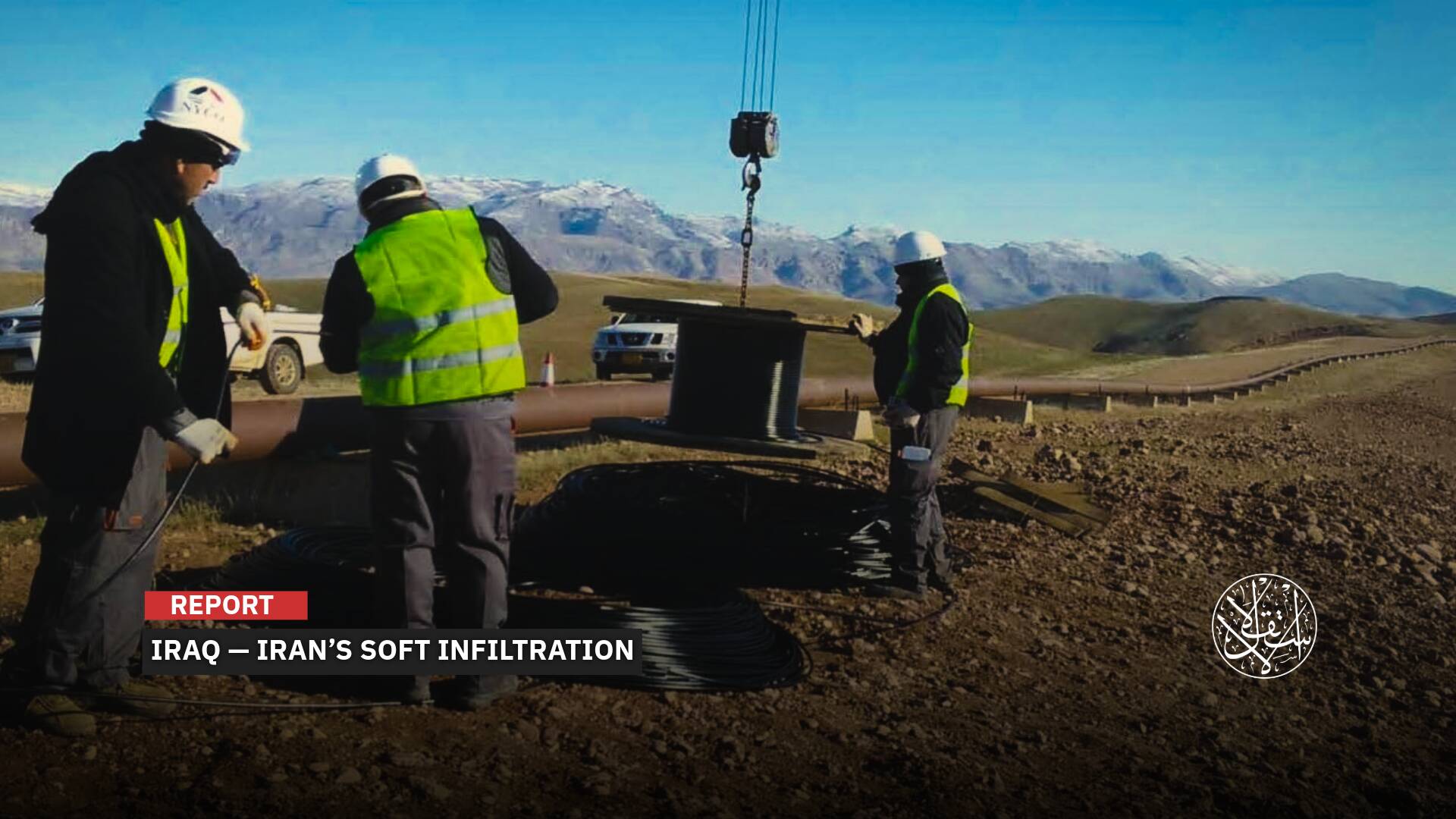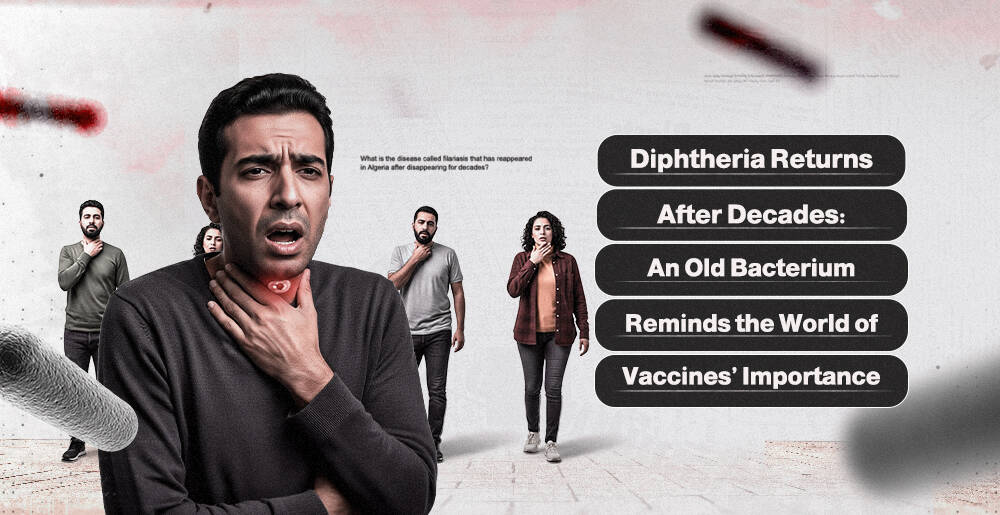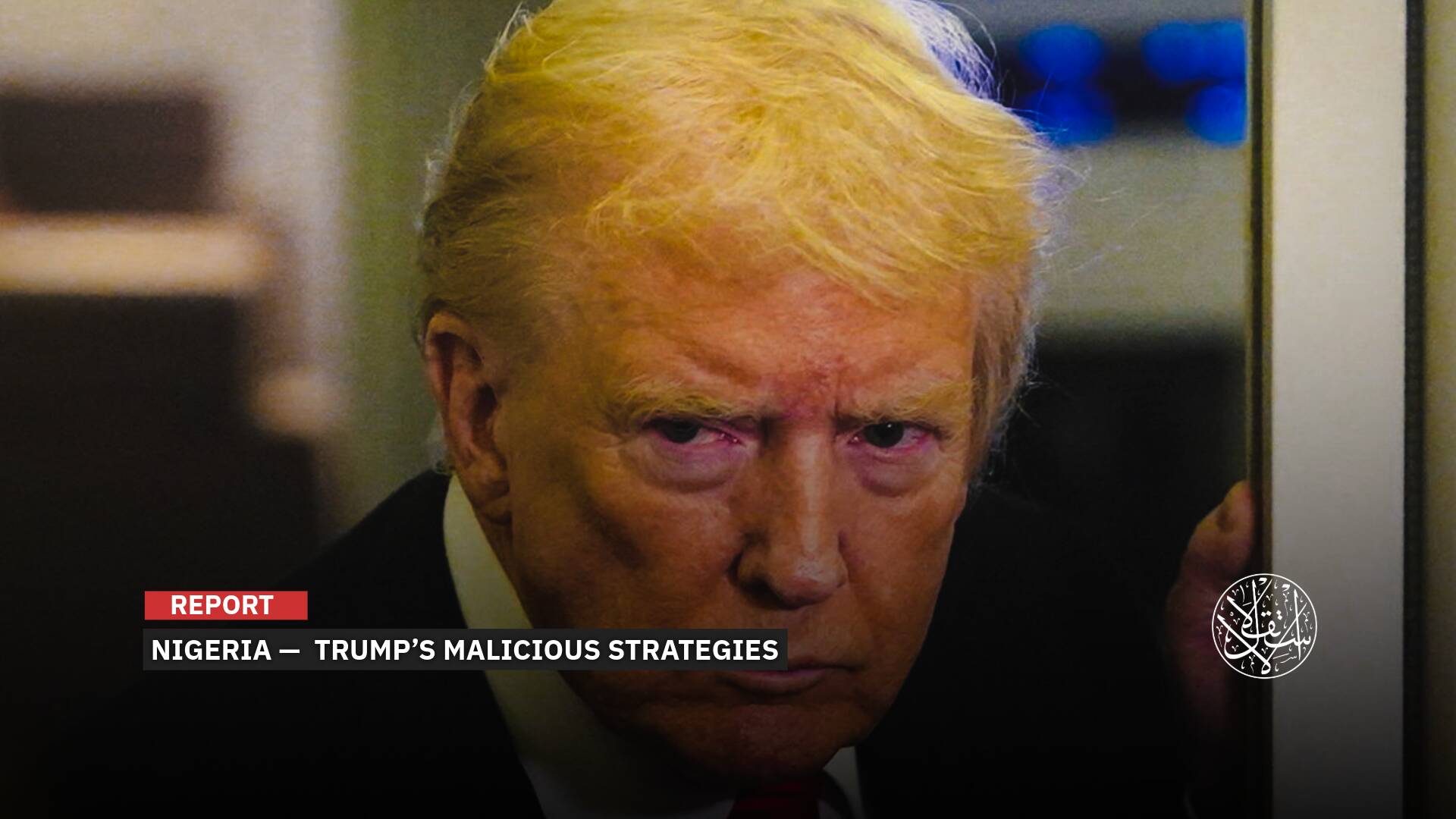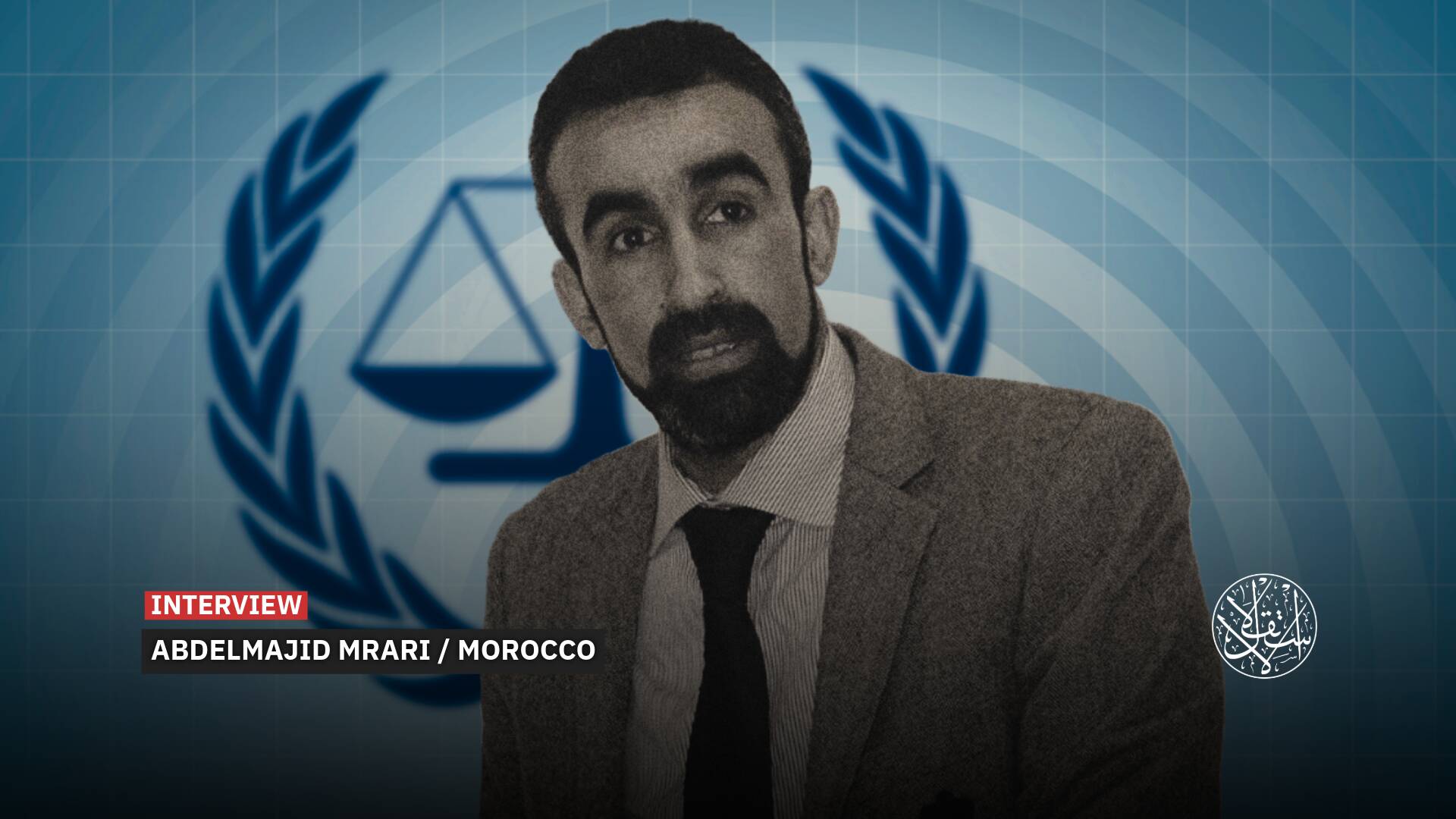Dark Journey Into Europe’s Buddhist Temples: Rape and Embezzlement of Money

The French/German channel ARTE aired a documentary entitled Buddhism: The Law of Silence, taking viewers on a dark journey behind the scenes of Buddhist temples in Europe, featuring testimonies about the practices of Tibetan Buddhist masters.
In Buddhism, the law of silence, journalists Elodie Emery and Wandrille Lanos investigated some of the Tibetan Buddhist centers that have spread to the West over the past forty years.
A journey to get to know the other side of the sect that for decades has attracted the attention of a large segment of Europeans. Sexual and physical assaults on women and children, mental manipulation, embezzlement of funds, and many other shocking details were revealed.
Some Buddhist circles have tried to pressure to prevent the documentary's release to the public and have threatened to resort to the judiciary if the documentary is shown, according to what the French newspaper L'Humanite reported on the two journalists who worked on this long investigative documentary.

Testimonials of Victims
The documentary takes us on a journey between Buddhist temples in France and some European countries, conveying the faces of priests (or senior spiritual masters) and the testimonies of their victims and those who worked with them for years and witnessed their practices closely.
The journalists collected the testimonies of thirty-two abused disciples, targeting thirteen different masters, in several Western countries, leading to the conclusion that there were "serious abuses" in the practice of certain master teachers or lamas.
One hour and 28 minutes is the result of a journalistic work that took ten years to be achieved, and it was accomplished by two French journalists.
A book was also released the day after the documentary was shown with the same title. The investigative journalistic effort does not stop at exposing "atrocities" from within these European Buddhist temples.
Yet, it also shows, with documents and histories, how the Dalai Lama, the 1989 Nobel Peace Prize and supreme spiritual leader of Tibetan Buddhists, along with his assistant the Buddhist monk of French origin Matthieu Ricard, did not take any measures to hold the perpetrators accountable or even to warn against these practices, which are often justified by their perpetrators in the name of their sect and its teachings.

Evading Responsibility
Although the Dalai Lama was informed of these attacks in a meeting that took place in 1993, the documentary shows how he evaded responsibility and how he continued to appear in public alongside the most prominent faces accused of these attacks and embezzlement.
In 2017, many years after learning these details, the Dalai Lama delegitimized one of the most prominent figures who founded many temples in France: Sogyal Rinpoche—who died in 2019 after hiding in Thailand.
In the testimony of one of the victims before the Belgian judiciary, the exploitation and "spiritual" justification for the act of rape became clear.
The "spiritual" institutionalization and reprimanding of the victim meet, in its details, with the operations of sexual assault at the heart of many religious institutions.
The lama Kunzang Dorje (of Belgian origin, Robert Spatz), for example, justified the rape of his victim as her life retribution for an act she might have committed in one of her previous lives.
The victim recites the priest's justification for the rape to the judge, saying: "Raping me in this life, probably due to the possibility that I was a man in a previous life, and that I had previously committed the crime with a woman.
"This is retribution. Now the bad karma reactor will be gone. I am approaching awakening." And that is not all, but the documentary was also able to show a structural interaction in this sect, which makes women a less valuable person whose job it is to serve the great spiritual teachers.
One of the "senior masters" was always picking out the "most beautiful" girls and placing them in his close and narrow circle under the so-called dakini. They remain with him at all times, and at his service in the smallest details of his daily life (the bathroom is a part of it), even to the point of raping them under spiritual titles and practices.

Embezzlement & Funds Smuggling
On the other hand, the documentary did not hesitate to compare the work of these temples and their large heads to the work of the mafia due to their involvement in embezzlement and smuggling of funds across the border and the threat of death to those who help transfer funds (from their students).
The French press celebrated the documentary as a shocking investigation, a bomb investigation, and many other adjectives that praised the quality of the work.
Most likely, this documentary will open the doors to more facts and testimonies, especially since the reactions came a lot. Among them, the interpreter of the Dalai Lama, spiritual priest Matthieu Ricard, responded to the report in a special post on his site and through a series of tweets on his Twitter page.
Ricard apologized to the victims for his delay in providing a tougher condemnation of what they had suffered, while he justified his refusal to publish his interview in the documentary by being deceived.
He says on his blog that a request was made to interview him to talk about the history of Buddhism and the relationship with neuroscience, only to discover in the middle of the interview that the journalist tended to ask questions and make "false accusations" on topics that were not on the schedule.
At this time, the documentary recalls the scandals that haunt the Catholic Church and its continuous attempt to cover up clerics accused of sexual harassment and assault. Is this the beginning of the exposure to the lower realms of Buddhism as well?
Sources
- Buddhism and the Law of Silence: Rape and embezzlement in the temples of Europe [Arabic]
- Bouddhisme, la loi du silence [French]
- "Buddhism, the law of silence", on Arte: "This documentary will perhaps have the salutary effect of freeing speech" [French]
- ROBERT SPATZ, GURU OF THE OKC CULT, GETS 4 YEARS’ SUSPENDED SENTENCE


